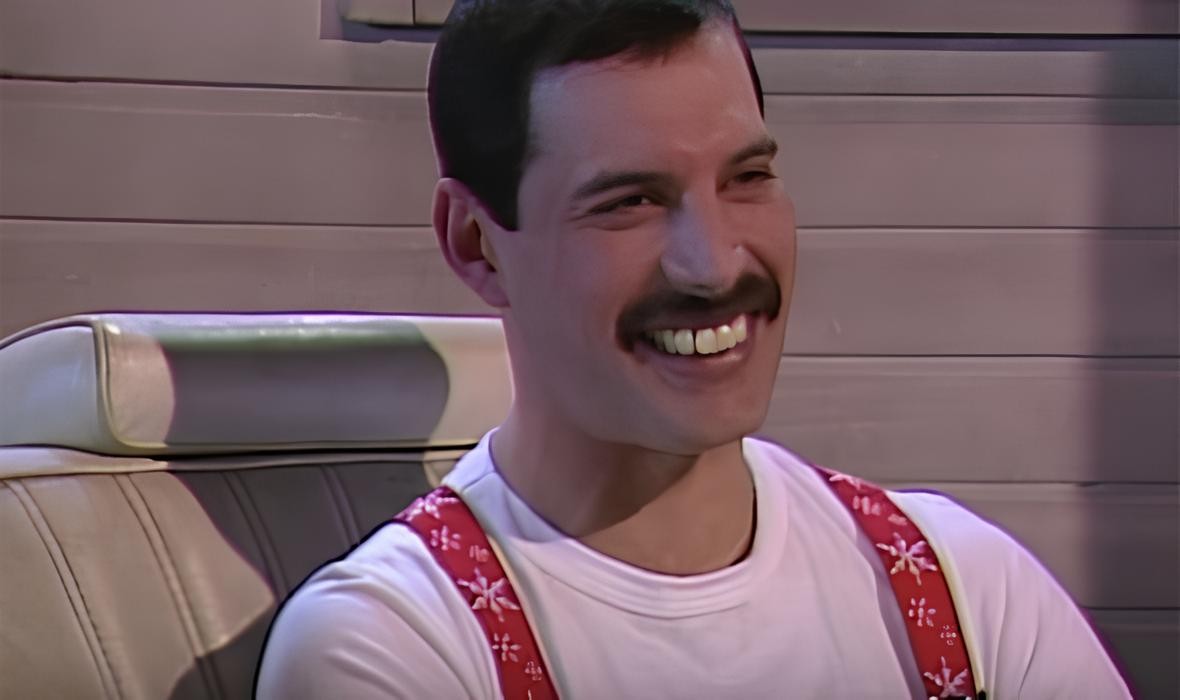Echoes of elevation
The opening of Where The Streets Have No Name unfolds like a slow reveal of landscape. The Edge’s guitar builds in layers, its delay effect creating a shimmering repetition that acts like scaffolding for the entire song. The notes loop like echoes through a canyon, and then the rest of the band enters with a sense of propulsion. Larry Mullen Jr.’s drumming is tight and urgent, Adam Clayton’s bass hums steadily, and Bono’s voice arrives with both longing and lift. The recording of this intro famously tested producer Brian Eno’s patience so much that he once tried to erase the tape to force a fresh start. Despite tensions, what emerged was a sonic architecture, each part locking into place with precision.
The track was released in 1987 on The Joshua Tree, an album shaped by America’s contradictions and deserts. U2 recorded parts of it in a house in the Hollywood Hills, soaking in political documentaries and images of spiritual emptiness and idealism. The band was reaching for something open and vast, and the song captured that impulse. Its structure stretches out like a desert road, with dynamics that rise and fall in waves. The sound isn’t grounded in any single genre. It’s part post-punk, part stadium rock, touched by ambient textures and gospel inflections.
Live, the song became a moment of transcendence in U2’s concerts. It was used to open shows on the Joshua Tree Tour, setting the tone with light, shadow and sound that filled the air like a ceremony. In the video for the single, the band performed it on a rooftop in Los Angeles, causing a traffic-stopping commotion and a minor police intervention. That performance caught a feeling of disruption and desire for connection. The event was a nod to The Beatles’ last rooftop concert, though with a very different energy – more public, more restless.
Where The Streets Have No Name is more like the U2 of old than any of the other songs on the LP, because it’s a sketch. I was just trying to sketch a location, maybe a spiritual location, maybe a romantic location… that said something to me, and so I started writing about a place where the streets have no name.
(Bono, Propaganda magazine, 1987)
The song found resonance far beyond its initial release. It became associated with the late 80s mood of transformation and search for identity. It was played at Live Aid-style benefit concerts and echoed in protest rallies and spiritual gatherings. Its title, taken from Bono’s reflections on Belfast’s social divides, carried a yearning for unity and dissolution of boundaries. Over time, the track settled into a cultural place where it suggested vastness and hope, even when stripped of specific meanings.
The enduring power of Where The Streets Have No Name lies in its sound design and emotional reach. It moves with a clarity that invites projection. It opens up space. The interplay between delay-heavy guitar and propulsive rhythm creates a sense of forward motion that continues to feel alive decades later. U2’s ambition and tension during its making remain audible in the track’s atmosphere. It is a piece that seems to keep unfolding, like a landscape viewed from a height that reveals more the longer you look.





